William Forsythe
William Forsythe has been active in the field of choreography for over 45 years. His work is acknowledged for reorienting the practice of ballet from its identification with classical repertoire to a dynamic 21st century art form. Forsythe’s deep interest in the fundamental principles of organisation has led him to produce a wide range of projects including installations, films, and web based knowledge creation. Raised in New York and initially trained in Florida with Nolan Dingman and Christa Long, Forsythe danced with the Joffrey Ballet and later the Stuttgart Ballet, where he was appointed resident choreographer in 1976. Over the next seven years, he created new works for the Stuttgart ensemble and other ballet companies worldwide. In 1984, he began a 20-year tenure as director of the Ballet Frankfurt, where he created works such as Artifact (1984), Impressing the Czar (1988), Limb’s Theorem (1990), The Loss of Small Detail (1991), Eidos:Telos (1995), Kammer/Kammer (2000) and Decreation (2003).
Forsythe has been commissioned to produce architectural and performance installations. These Choreographic Objects, as he likes to call these works, have been presented in numerous museums and exhibitions, including the Whitney Biennial (New York, 1997), the Louvre Museum (2006), the Wexner Center for the Arts (Columbus, 2009), Tate Modern (London, 2009), MoMA (New York 2010) and the Venice Biennale (2005, 2009, 2012, 2014), the Biennale of Sydney (2016) and ICA Boston (2018).
In collaboration with media specialists and educators, Forsythe has developed new approaches to dance documentation, research, and education. His 1994 computer application Improvisation Technologies: A Tool for the Analytical Dance Eye, developed with the ZKM / Zentrum für Kunst und Medientechnologie Karlsruhe, is used as a teaching tool by professional companies, dance conservatories, universities, postgraduate architecture programs, and secondary schools worldwide.



